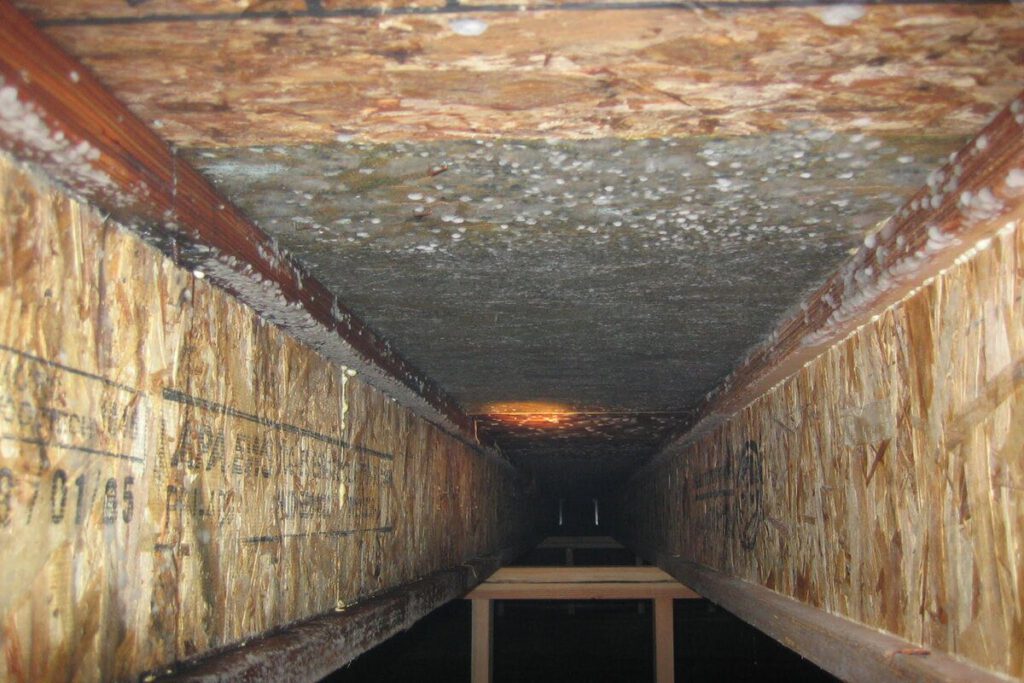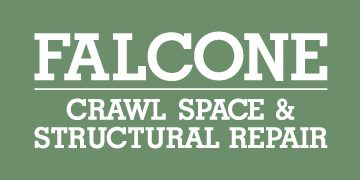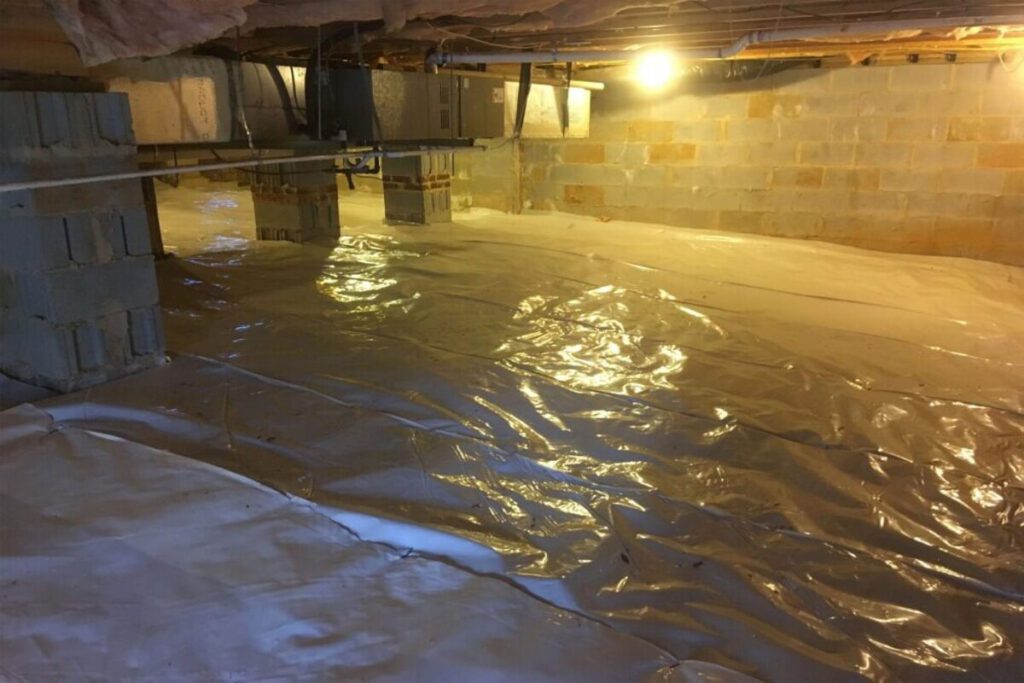Will I Need Fungal Growth Removal Services to Solve My Crawl Space Issues?

Using fungal growth removal services is sometimes a necessity when you have issues in your crawl space. After all, crawl spaces are usually dark, moist places. Some of the most common sources of fungal growth include plumbing leaks, flooding, and other water damage. Crawl space foundation cracks, inadequate drainage, and poor ventilation can also contribute to this problem.
If your problems are possibly caused by fungal growth, a crawl space contractor can find the source for more effective remediation. Unless you find out why you have fungal growth, there won’t be any way of ensuring that it never comes back.
What Role Do Basement Cracks and Flooding Play in Fungal Growth Issues?
When there is a lot of heavy rainfall, a crawl space is one of the areas most likely to flood. Fungal growth often makes an appearance after the water recedes when your crawl space floods.
Checking any cracks in your basement floor or walls for moisture penetration can help you determine if this may be aggravating fungal growth problems. If any of your windows aren’t sealed, your foundation is on ground with poor grading, or a sump pump isn’t working right, you might be more likely to have fungal growth issues.
Sometimes vapor barriers that seal out moisture can bring relief. However, you will need to be watchful for any wear over time. If any holes develop, you’ll be dealing with problems involving leaks and standing water all over again.
Can High Humidity Increase My Need for Fungal Growth Removal Services?
If your crawl space is humid, this is a perfect environment for fungal growth that could make fungal growth removal services necessary. Ideally, your humidity should be kept below 50% to maintain comfort and prevent condensation.
One of the problems associated with condensation is that it increases humidity levels even further. You may be able to reduce humidity levels using a dehumidifier specifically for crawl spaces.
Are There Any Ways to Prevent Fungal Growth in a Crawl Space?
There are ways you can help prevent fungal growth, and this is a recommended course of action. Remediation will rid your crawl space of fungal growth, but things will be much easier if you don’t have to deal with fungal growth in the first place.
Keeping your crawl space well-ventilated and dry will prevent fungal growth. You’ll want to particularly pay attention to any water on the floor. Any amount of moisture on your crawl space’s floor can help contribute to fungal growth.
Having all of your pipes insulated and sealed is also recommended. Water that results from plumbing leaks can be one of the biggest contributors to excess humidity in a crawl space that encourages fungal growth.
If your crawl space has a dirt floor, you’ll want to make sure excess dirt doesn’t clog your vents. When your vents get clogged, too much water can accumulate inside the crawl space.
You may want to consider having your crawl space insulated, which can allow for better temperature control that reduces the chances of fungal growth developing. Ensuring that your current HVAC system works as it is supposed to will help ensure that your home has plenty of fresh air.
What Should You Do if Your Crawl Space Already Has Fungal Growth?
If you notice musty fungal growth smells or have water stains or damage, you’ll want to contact a crawl space professional as soon as possible. Experienced crawl space professionals know how to deal with fungal growth efficiently and professionally.
Products that wash surfaces with fungal growth and protect against further contamination are the trusted tools that crawl space professionals rely on. Falcone Crawl Space handles fungal growth and other issues sometimes common in crawl spaces; contact us about our fungal growth removal services today.


